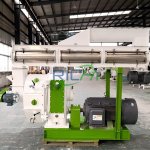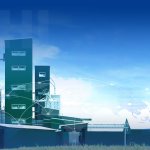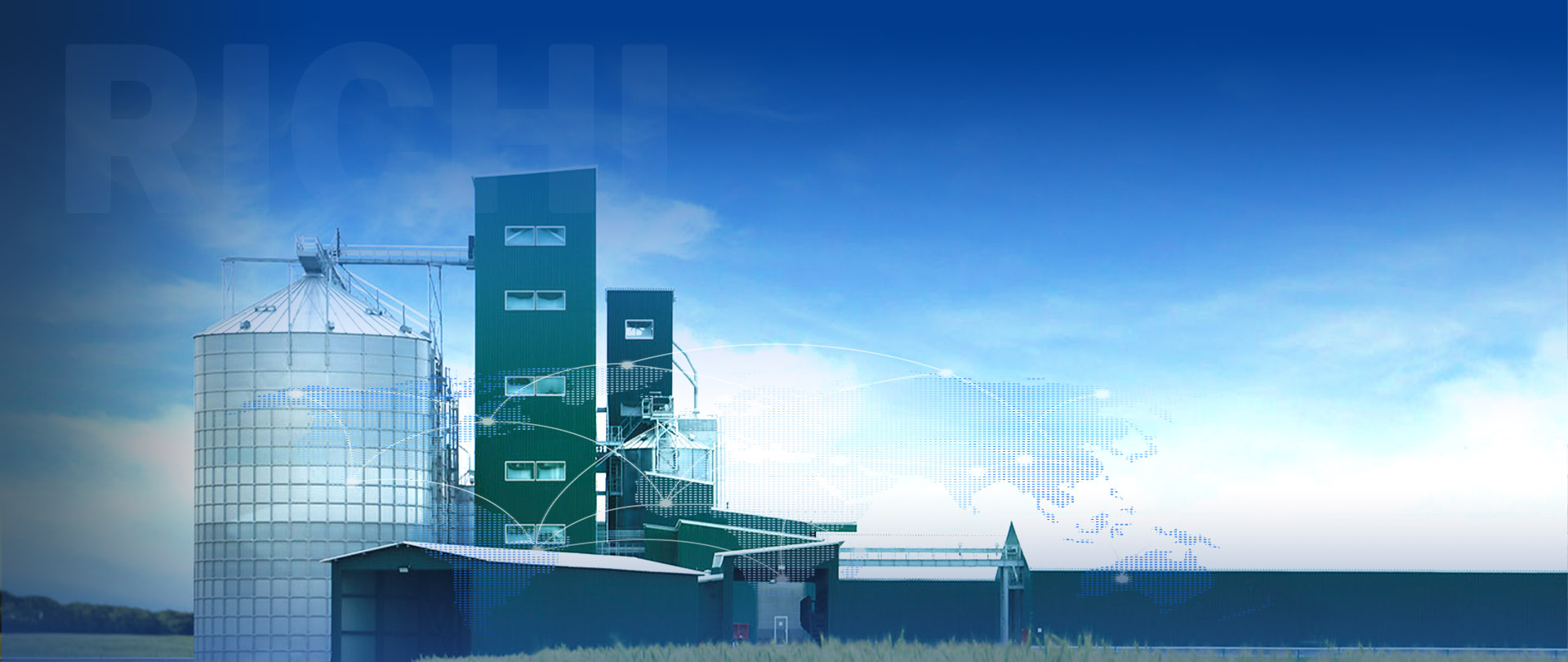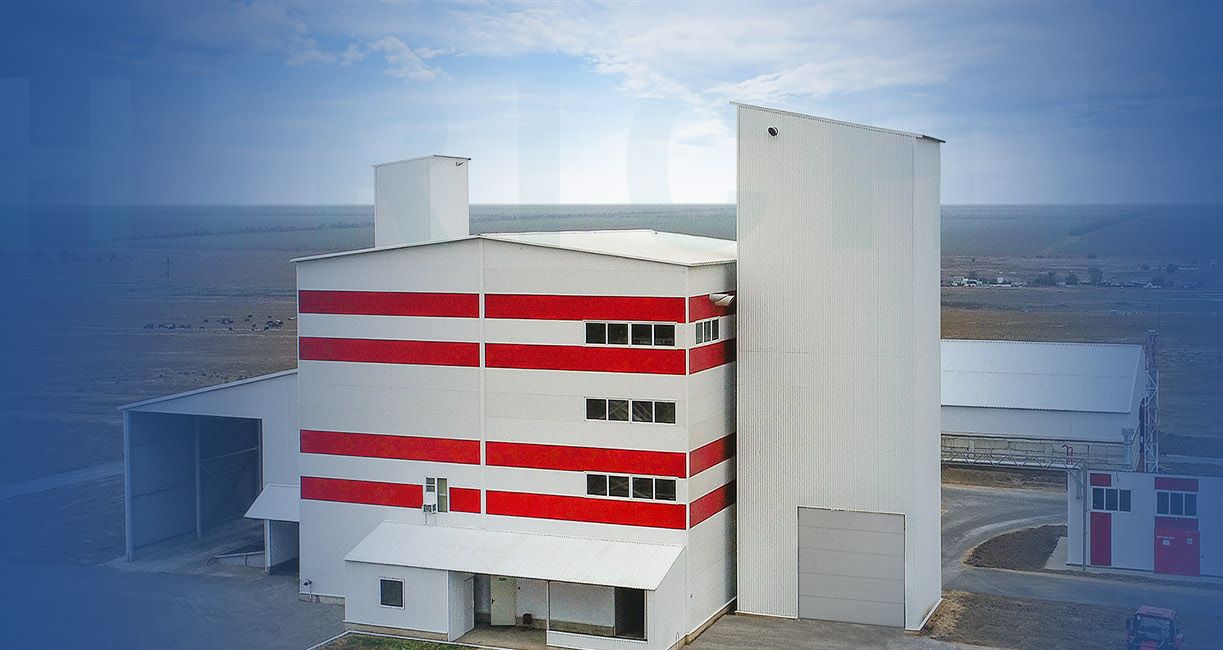In the ever-evolving landscape of poultry production, the need for high-quality and sustainable feed solutions has become increasingly critical. Among the various avian species raised for meat, eggs, and other products, ducks hold a unique and significant place. These resilient waterfowl contribute to global food security and are integral to various cultural and traditional practices. To meet the specific nutritional needs of ducks, specialized equipment known as duck feed machines has emerged, offering a comprehensive solution for efficient and sustainable duck feed production.
The Importance of Duck Production
Duck production is a thriving industry that spans various regions and cultures, contributing to the global food supply and supporting local economies. The significance of duck production includes:
Food Security: Ducks are a valuable source of protein, providing meat and eggs that help address global food insecurity and malnutrition.
Cultural Significance: In many regions, duck production is deeply rooted in cultural traditions, playing a vital role in culinary practices, celebrations, and local economies.
Sustainable Farming: Ducks can be raised in integrated farming systems, where they contribute to pest control, fertilization, and efficient resource utilization, promoting sustainable agricultural practices.
Diversification: For many small-scale farmers and rural communities, duck production offers an opportunity for income diversification and economic resilience.
Environmental Benefits: Ducks can aid in wetland conservation and management, contributing to the maintenance of healthy ecosystems and biodiversity.
As the demand for duck products continues to rise, ensuring a consistent supply of high-quality and nutritionally balanced feed is crucial for supporting sustainable duck production and meeting the evolving needs of the industry.
The Role of Duck Feed Machines
Duck feed machines are specialized equipment designed to produce nutritionally balanced and palatable feed formulations tailored to the specific needs of ducks. These machines support sustainable duck production by offering numerous benefits:
Consistent Product Quality: Duck feed machines use advanced technologies and quality control measures to produce feed with consistent nutrient profiles, ensuring optimal duck health, growth, and productivity.
Customized Formulations: These machines can manufacture feed formulations tailored to the specific nutritional needs of different duck breeds, life stages, and production systems, optimizing performance and efficiency.
Efficient Production: Modern duck feed machines are designed for efficient and cost-effective production, leveraging automation and process optimization to maximize output and minimize waste.
Sustainability: Duck feed machines can incorporate sustainable practices, such as using alternative protein sources, waste reduction strategies, and energy-efficient technologies, promoting environmental responsibility within the duck production industry.
Economic Opportunities: Investing in duck feed machines can create employment opportunities, stimulate local economies, and contribute to the overall growth and development of the duck production sector.
Related post: https://www.richipelletmachine.com/poultry-feed-mill-equipment/
Key Components of a Duck Feed Machine
A successful duck feed machine operation requires the integration of various components to ensure efficient and sustainable production. The key components of a typical duck feed machine include:
Raw Material Handling and Storage: Facilities for receiving, storing, and handling raw materials such as grains, oilseeds, protein sources, vitamins, and minerals are essential for ensuring a consistent supply of high-quality ingredients.
Grinding and Mixing: Advanced grinding and mixing equipment is necessary to achieve the desired particle size and homogeneous distribution of ingredients in the duck feed formulation.
Pelleting and Extrusion: Pelleting and extrusion systems are crucial for producing high-quality, durable feed pellets or extruded products that can withstand handling, storage, and transportation without compromising nutritional value.
Drying and Cooling: Efficient drying and cooling systems are required to remove excess moisture from the duck feed products, ensuring their stability and prolonging their shelf life.
Quality Control and Testing: Comprehensive quality control measures, including laboratory testing and analysis, are essential to ensure that the final duck feed product meets stringent nutritional and safety standards.
Packaging and Storage: Appropriate packaging and storage facilities are necessary to maintain the quality and integrity of the duck feed during transportation and distribution.
Automation and Process Control: Advanced automation and process control systems are integrated into duck feed machines to ensure consistent product quality, maximize efficiency, and minimize downtime.
Auxiliary Systems: Duck feed machines also require auxiliary systems such as material handling equipment, dust collection systems, process control systems, and utilities to ensure efficient and safe operations.
Factors Influencing Duck Feed Machine Success
The success of a duck feed machine operation is influenced by several critical factors, including:
Raw Material Sourcing and Supply Chain Management: Securing a reliable and cost-effective supply of high-quality raw materials is crucial for consistent duck feed production and profitability.
Formulation Expertise: Employing skilled avian nutritionists and feed formulators is essential to develop balanced and optimized duck feed formulations that meet the specific nutritional requirements of various duck breeds, life stages, and production systems.
Technology and Automation: Investing in advanced technologies and automation systems can enhance production efficiency, reduce labor costs, and improve product quality and consistency.
Energy Efficiency and Sustainability: Incorporating energy-efficient technologies and sustainable practices, such as waste reduction strategies and renewable energy sources, can reduce operational costs and minimize the environmental impact of the duck feed machine operation.
Regulatory Compliance: Ensuring compliance with relevant regulations and standards related to feed safety, quality, and environmental protection is essential for the long-term viability of the duck feed machine operation.
Skilled Workforce and Training: Employing a skilled and well-trained workforce is crucial for the efficient operation and maintenance of the duck feed machine facility, ensuring optimal performance and minimizing human errors.
Continuous Improvement: Implementing a culture of continuous improvement, including regular equipment upgrades, process refinements, and the adoption of new technologies, can drive long-term efficiency gains and maintain competitiveness in the duck feed market.
Opportunities and Future Outlook
As the global demand for sustainable and locally sourced poultry products continues to rise, the duck production industry is poised for significant growth, creating numerous opportunities for duck feed machines. The future outlook for this sector is promising, driven by factors such as:
Increasing Duck Production: The growing popularity of duck meat and eggs, coupled with the recognition of their nutritional benefits, is expected to drive the expansion of duck production operations, consequently increasing the demand for high-quality duck feed.
Technological Advancements: Ongoing research and development in areas such as avian nutrition, ingredient optimization, and production processes will contribute to the development of more efficient and innovative duck feed products.
Sustainable Practices: The adoption of sustainable practices, such as the use of alternative protein sources, waste reduction strategies, and renewable energy sources, will become increasingly important in the duck feed industry.
Precision Poultry Nutrition: The integration of precision poultry nutrition techniques, including individualized feeding strategies and real-time monitoring, will drive the need for specialized duck feed formulations tailored to specific production systems and duck requirements.
International Collaboration and Investment: Increased international collaboration and investment in sustainable poultry production will drive the development of new duck feed machines, fostering economic growth and technological advancements.
In conclusion, duck feed machines play a crucial role in supporting sustainable duck production and contributing to global food security. By investing in these specialized machines, stakeholders can help meet the rising demand for high-quality duck feed while promoting sustainable practices and economic development. As the world continues to recognize the importance of sustainable poultry production and responsible animal husbandry, duck feed machines will remain at the forefront of this vital industry, fueling its growth and driving innovation for a more prosperous and responsible future.









